-
 Digital Scores I (after Nicéphore Niépce), 1995
Digital Scores I (after Nicéphore Niépce), 1995 -
 Digital Scores I (after Nicéphore Niépce), 1995
Digital Scores I (after Nicéphore Niépce), 1995 -
 Digital Scores I (after Nicéphore Niépce), 1995
Digital Scores I (after Nicéphore Niépce), 1995 -
 Digital Scores I (after Nicéphore Niépce), 1995
Digital Scores I (after Nicéphore Niépce), 1995 -
 Digital Scores I (after Nicéphore Niépce), 1995
Digital Scores I (after Nicéphore Niépce), 1995 -
 Digital Scores I (after Nicéphore Niépce), 1995
Digital Scores I (after Nicéphore Niépce), 1995 -
 Digital Scores I (after Nicéphore Niépce), 1995
Digital Scores I (after Nicéphore Niépce), 1995 -
 Digital Scores I (after Nicéphore Niépce), 1995
Digital Scores I (after Nicéphore Niépce), 1995 -
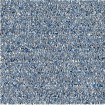 Digital Scores III (after Nicéphore Niépce), 1998
Digital Scores III (after Nicéphore Niépce), 1998 -
 Digital Scores III (after Nicéphore Niépce), 1998
Digital Scores III (after Nicéphore Niépce), 1998 -
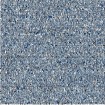 Digital Scores III (after Nicéphore Niépce), 1998
Digital Scores III (after Nicéphore Niépce), 1998 -
 Digital Scores III (after Nicéphore Niépce), 1998
Digital Scores III (after Nicéphore Niépce), 1998 -
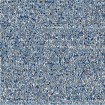 Digital Scores III (after Nicéphore Niépce), 1998
Digital Scores III (after Nicéphore Niépce), 1998 -
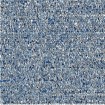 Digital Scores III (after Nicéphore Niépce), 1998
Digital Scores III (after Nicéphore Niépce), 1998 -
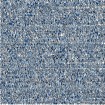 Digital Scores III (after Nicéphore Niépce), 1998
Digital Scores III (after Nicéphore Niépce), 1998 -
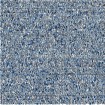 Digital Scores III (after Nicéphore Niépce), 1998
Digital Scores III (after Nicéphore Niépce), 1998 -
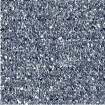 Digital Scores IV (after Nicéphore Niépce), 1998
Digital Scores IV (after Nicéphore Niépce), 1998 -
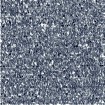 Digital Scores IV (after Nicéphore Niépce), 1998
Digital Scores IV (after Nicéphore Niépce), 1998 -
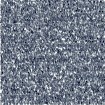 Digital Scores IV (after Nicéphore Niépce), 1998
Digital Scores IV (after Nicéphore Niépce), 1998 -
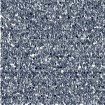 Digital Scores IV (after Nicéphore Niépce), 1998
Digital Scores IV (after Nicéphore Niépce), 1998 -
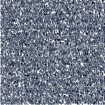 Digital Scores IV (after Nicéphore Niépce), 1998
Digital Scores IV (after Nicéphore Niépce), 1998 -
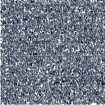 Digital Scores IV (after Nicéphore Niépce), 1998
Digital Scores IV (after Nicéphore Niépce), 1998 -
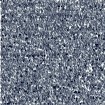 Digital Scores IV (after Nicéphore Niépce), 1998
Digital Scores IV (after Nicéphore Niépce), 1998 -
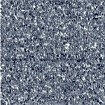 Digital Scores IV (after Nicéphore Niépce), 1998
Digital Scores IV (after Nicéphore Niépce), 1998
Digital Scores (after Nicéphore Niépce).1995–1998
Hubertus von Amelunxen
Andreas Müller-Pohle: Interfaces. Foto+Video 1977–1999. Göttingen: European Photography, 1999. ISBN 3-923283-51-2
Hubertus von Amelunxen
Andreas Müller-Pohle: Interfaces. Foto+Video 1977–1999. Göttingen: European Photography, 1999. ISBN 3-923283-51-2